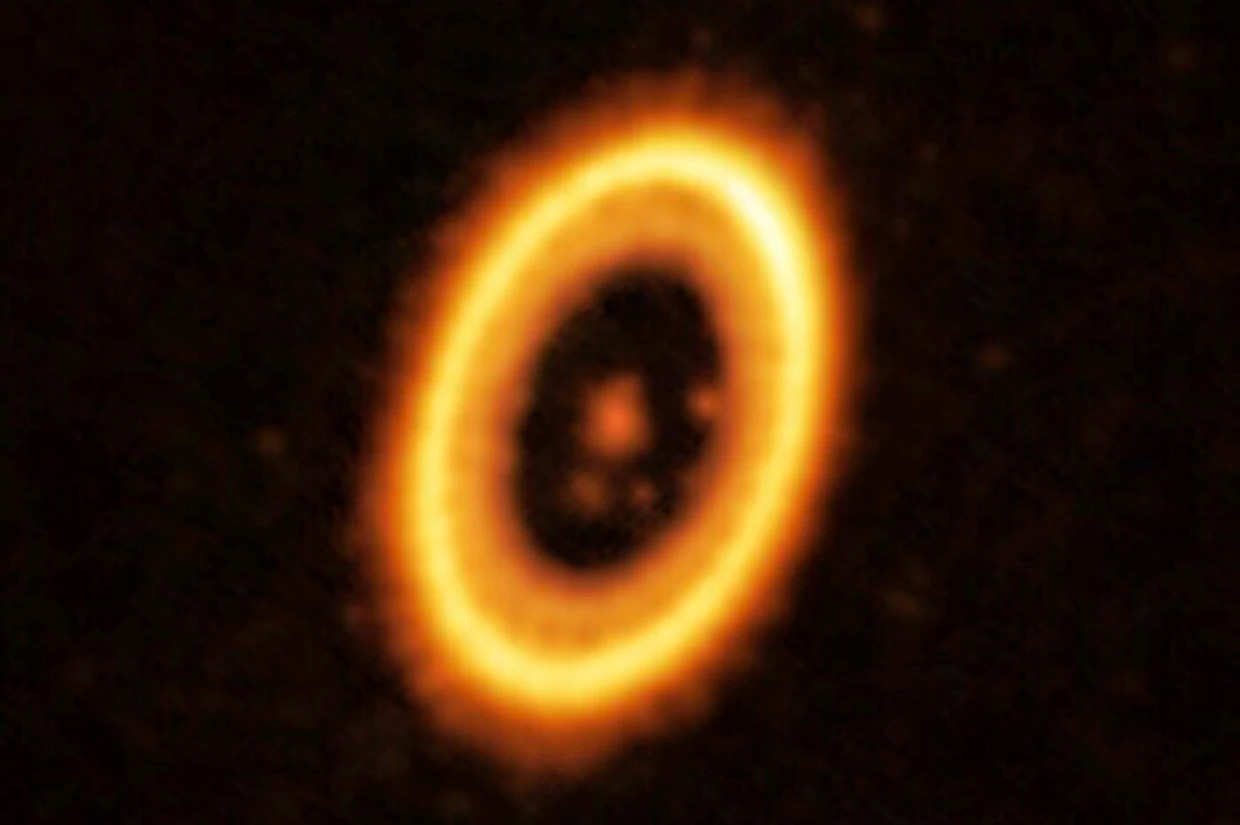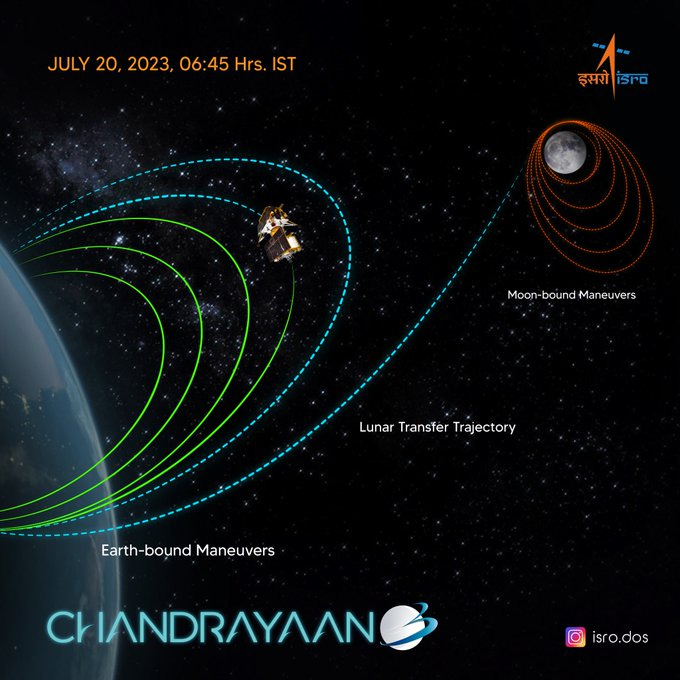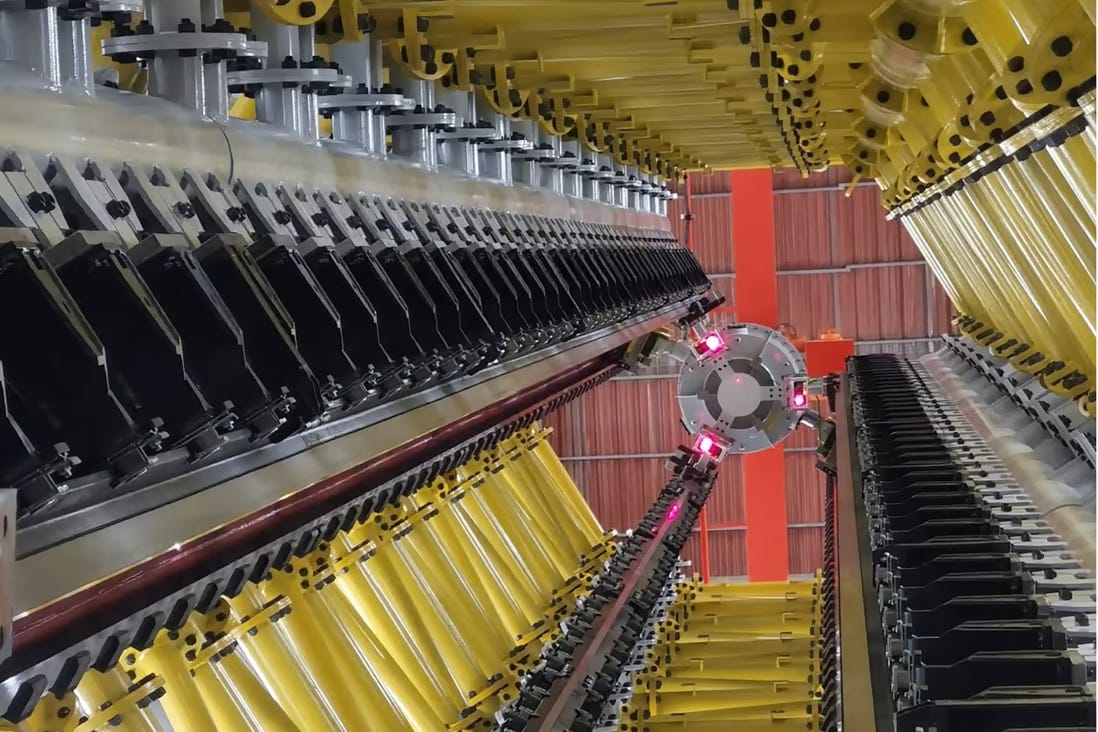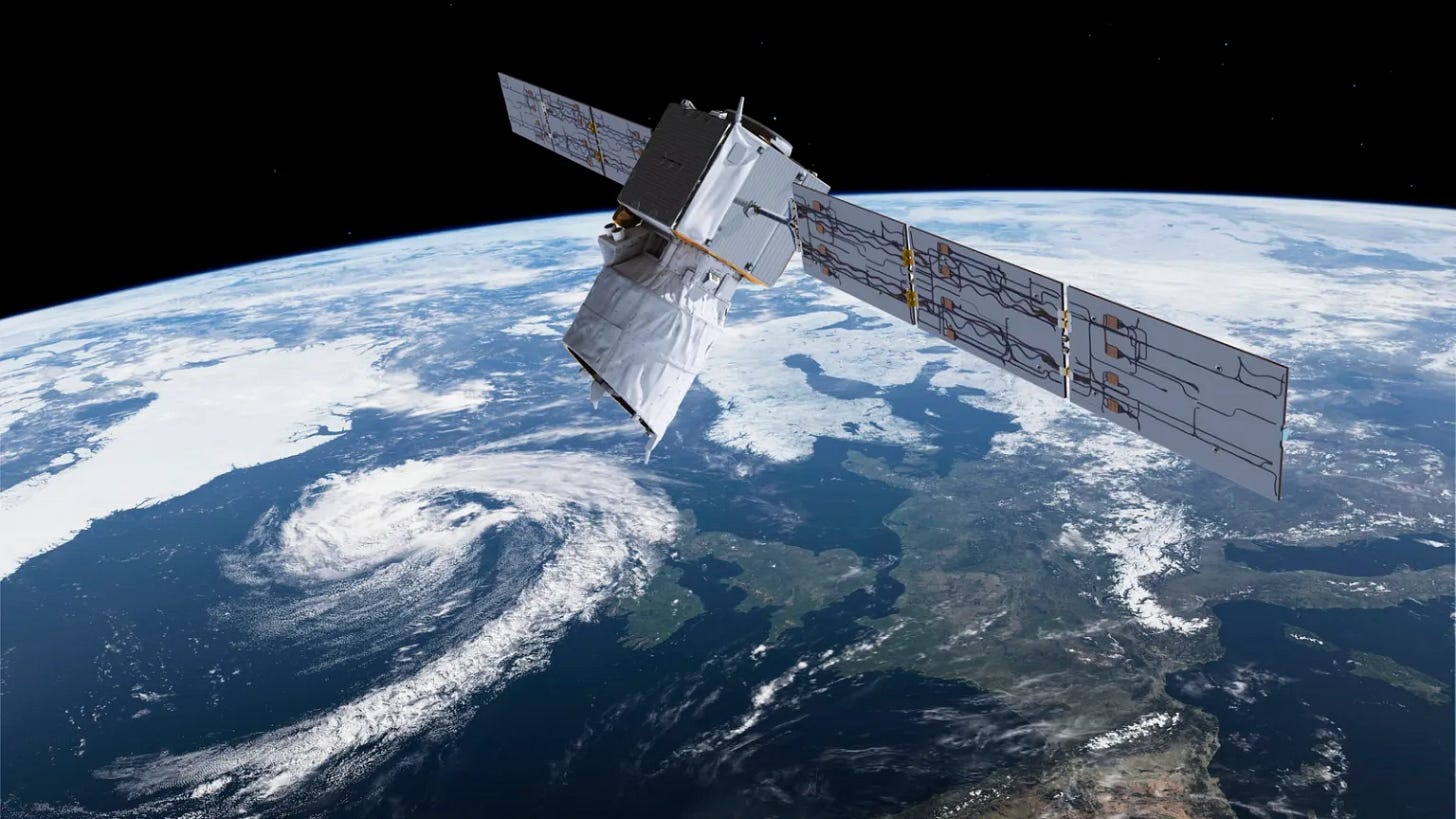Weekly - Scientists find 2 planets with the same orbit and more
Weekly Space News - Quick and Easy
Scientists find 2 planets with the same orbit
Last week scientists using a telescope in Chile made a fascinating new discovery. They spotted 2 exoplanet-like structures 370 light years away, that seemed to have the same orbit. It is not fully clear what the 2 new objects are, but experts believe that they are either exoplanets in formation or remains of one. Although the orbits of the objects cannot be confirmed accurately, they appear to have the same orbit around the star known as PDS-70. believed to be just a theory until today, this is the first time phenomenon like this is being observed.
Chandrayaan moves on to 4th orbit raising maneuver
ISRO’s latest moon mission Chandraayaan 3 which was launched on 14th July last week, has successfully moved on to its 4th orbit raising maneuver. This means that it has entered its 4th orbit height around the Earth. The reason the spacecraft orbits the earth first before going to the moon is to gain enough momentum and speed and to use the earth’s gravity to catapult itself toward the moon and thus saving energy. There is only one more orbit left for the spacecraft out of 5, after which it will propel itself toward the moon. The mission is designed to land on 23rd August. View the mission simulation here: https://sankara.net/chandrayaan3.html
CNSA builds new state-of-the-art microgravity tower
Microgravity simulation is used for studying how objects behave in space. Scientists use various methods to achieve microgravity, such as parabolic flights, buoyancy tanks, and space-based labs. One such method is a microgravity tower. Microgravity towers work by dropping an object from a large height and catching it safely once it hits the ground. The brief moment of freefall helps simulate weightlessness. The China National Space Administration (CNSA) has recently built a new, state-of-the-art microgravity tower in Beijing. The Microgravity Experiment Facility with Electromagnetic Launch, or MEFEL is a 131-foot ( about 10 stories high) tall tower that is quite unique compared to other microgravity towers. It uses an electromagnetic motor to not just make the objects go downwards but upwards too. This new technology will make microgravity simulations more cost-effective and the simulation time longer.
ESA prepares for reentry of Aeolus
The Aeolus spacecraft that was launched in August 2018 was designed to collect information on the earth’s wind data on a global scale. Now, after 5 whole years of gathering data, the spacecraft has reached its retirement. The Europen Space Agency (ESA) is now preparing for the assisted reentry of the spacecraft. This means that they will be bringing Aeolus back to Earth instead of just leaving it in space. The spacecraft is in its final stages of reentry and is expected to be brought down over the Atlantic Ocean by around next week.





